Pymetrozine 吡蚜酮; CGA 215944,99.78%
产品编号:Bellancom-B0821| CAS NO:123312-89-0| 分子式:C10H11N5O| 分子量:217.23
Pymetrozine 是同翅类的饲养抑制剂,可防止蚜虫种 Mysus persicae (Sulzer) 传播花椰菜马铃薯毛霉病毒。
本网站销售的所有产品仅用于工业应用或者科学研究等非医疗目的,不可用于人类或动物的临床诊断或者治疗,非药用,非食用,
Pymetrozine 吡蚜酮; CGA 215944
| 产品介绍 | Pymetrozine 是同翅类的饲养抑制剂,可防止蚜虫种 Mysus persicae (Sulzer) 传播花椰菜马铃薯毛霉病毒。 | ||||||||||||||||
|---|---|---|---|---|---|---|---|---|---|---|---|---|---|---|---|---|---|
| 生物活性 | Pymetrozine is a feeding inhibitor of Homoptera, in preventing transmission of cauliflower mosaic caulimovirus by the aphid species Myzus persicae (Sulzer). | ||||||||||||||||
| 体外研究 | |||||||||||||||||
| 体内研究 |
Pymetrozine, a fast-acting and selective inhibitor of aphid feeding. In-situ studies with electronic monitoring of feeding behaviour. Pymetrozine, a pyridine azomethine compound, represents a novel insecticide with a selective activity against homopteran insects. It acts in a unique way: aphids are not knocked down on contact but seem to die of starvation. This implies an effect of Pymetrozine on feeding behaviour. The aim of the present work is to elucidate how and at which step Pymetrozine interferes with the complex mechanisms underlying phloem feeding. The effect of Pymetrozine, applied in various ways, on different phases of stylet penetration and feeding activity of individual aphids is studied using the Electrical Penetration Graph technique (EPG). Initial choice experiments indicated that Pymetrozine does not have a deterrent or antifeedant action. Topical application (150 ng/mg fresh weight) inhibits stylet insertion into the plant. When injected, less than 30 ng/mg is sufficient to produce the same effect. When Pymetrozine is systemically applied via plant spraying or root uptake, aphids started feeding normally. After some time, however, they withdrew their stylets from the phloem and walked around with unaffected locomotion. At low doses aphids eventually recovered and resumed feeding. High doses, however, irreversibly disrupted feeding and prevented stylet reinsertion. Aphid motility is not affected up to an estimated haemolymph concentration of 1 mM Pymetrozine. Aphids which eventually stopped feeding on Pymetrozine-treated plants showed EPGs with distorted salivation/ingestion patterns. 西域 has not independently confirmed the accuracy of these methods. They are for reference only. | ||||||||||||||||
| 体内研究 |
Pymetrozine, a fast-acting and selective inhibitor of aphid feeding. In-situ studies with electronic monitoring of feeding behaviour. Pymetrozine, a pyridine azomethine compound, represents a novel insecticide with a selective activity against homopteran insects. It acts in a unique way: aphids are not knocked down on contact but seem to die of starvation. This implies an effect of Pymetrozine on feeding behaviour. The aim of the present work is to elucidate how and at which step Pymetrozine interferes with the complex mechanisms underlying phloem feeding. The effect of Pymetrozine, applied in various ways, on different phases of stylet penetration and feeding activity of individual aphids is studied using the Electrical Penetration Graph technique (EPG). Initial choice experiments indicated that Pymetrozine does not have a deterrent or antifeedant action. Topical application (150 ng/mg fresh weight) inhibits stylet insertion into the plant. When injected, less than 30 ng/mg is sufficient to produce the same effect. When Pymetrozine is systemically applied via plant spraying or root uptake, aphids started feeding normally. After some time, however, they withdrew their stylets from the phloem and walked around with unaffected locomotion. At low doses aphids eventually recovered and resumed feeding. High doses, however, irreversibly disrupted feeding and prevented stylet reinsertion. Aphid motility is not affected up to an estimated haemolymph concentration of 1 mM Pymetrozine. Aphids which eventually stopped feeding on Pymetrozine-treated plants showed EPGs with distorted salivation/ingestion patterns. 西域 has not independently confirmed the accuracy of these methods. They are for reference only. | ||||||||||||||||
| 性状 | Solid | ||||||||||||||||
| 溶解性数据 |
In Vitro:
DMSO : 33.33 mg/mL (153.43 mM; Need ultrasonic) H2O : < 0.1 mg/mL (insoluble) 配制储备液
*
请根据产品在不同溶剂中的溶解度选择合适的溶剂配制储备液;一旦配成溶液,请分装保存,避免反复冻融造成的产品失效。 In Vivo:
请根据您的实验动物和给药方式选择适当的溶解方案。以下溶解方案都请先按照 In Vitro 方式配制澄清的储备液,再依次添加助溶剂:
——为保证实验结果的可靠性,澄清的储备液可以根据储存条件,适当保存;体内实验的工作液,建议您现用现配,当天使用;
以下溶剂前显示的百
| ||||||||||||||||
| 运输条件 | Room temperature in continental US; may vary elsewhere. | ||||||||||||||||
| 储存方式 |
| ||||||||||||||||
| 参考文献 |
| 符号 |


GHS07, GHS08 |
|---|---|
| 信号词 | Warning |
| 危害声明 | H332-H351-H412 |
| 警示性声明 | P273-P281 |
| 个人防护装备 | Eyeshields;Faceshields;full-face particle respirator type N100 (US);Gloves;respirator cartridge type N100 (US);type P1 (EN143) respirator filter;type P3 (EN 143) respirator cartridges |
| 危害码 (欧洲) | Xn:Harmful; |
| 风险声明 (欧洲) | R40;R52/53 |
| 安全声明 (欧洲) | S36/37-S61 |
| 危险品运输编码 | NONH for all modes of transport |
| RTECS号 | XZ3018620 |
| 海关编码 | 2933699015 |
 有竞争力的价格
有竞争力的价格匹配竞争对手的价格
 极速物流
极速物流效率为先
 技术支持
技术支持专业经验 贴心服务
 现货库存
现货库存50000+库存

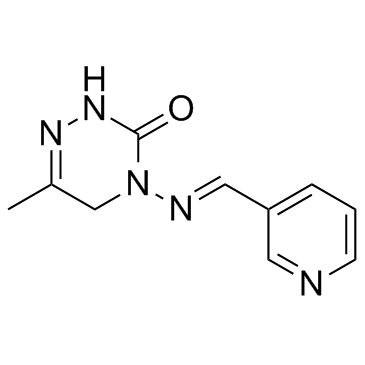

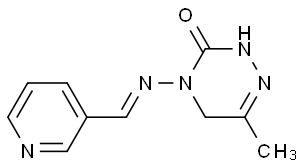
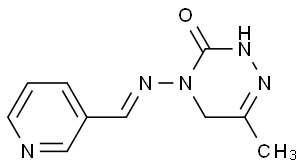
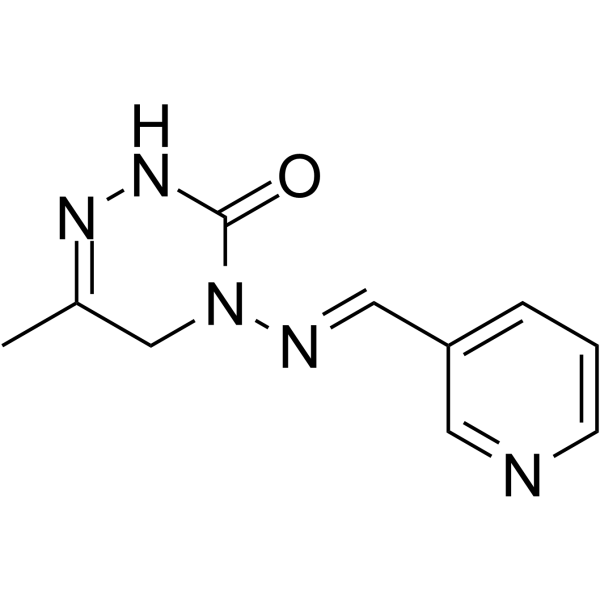
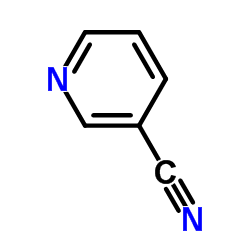
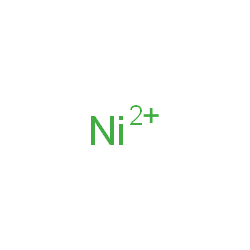
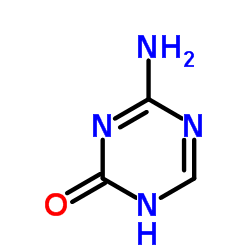

 浙公网安备 33010802013016号
浙公网安备 33010802013016号